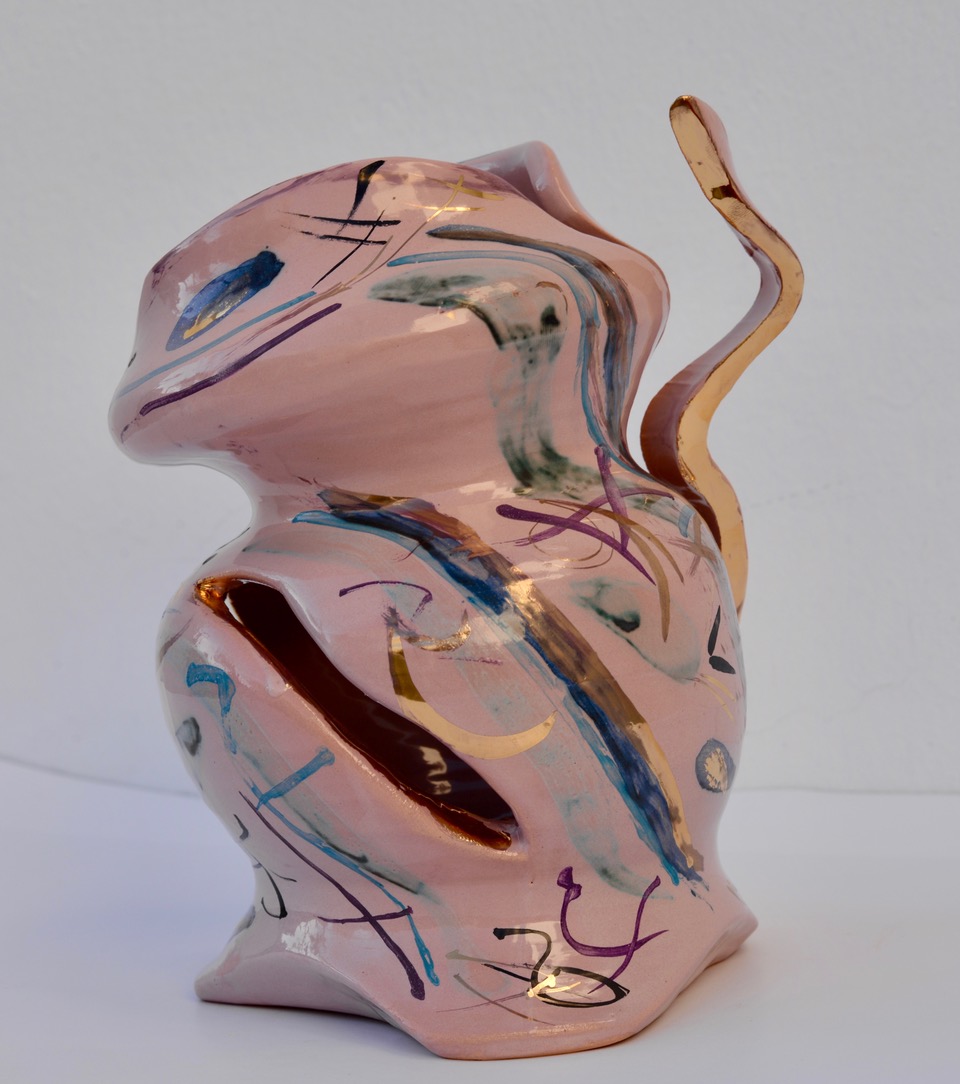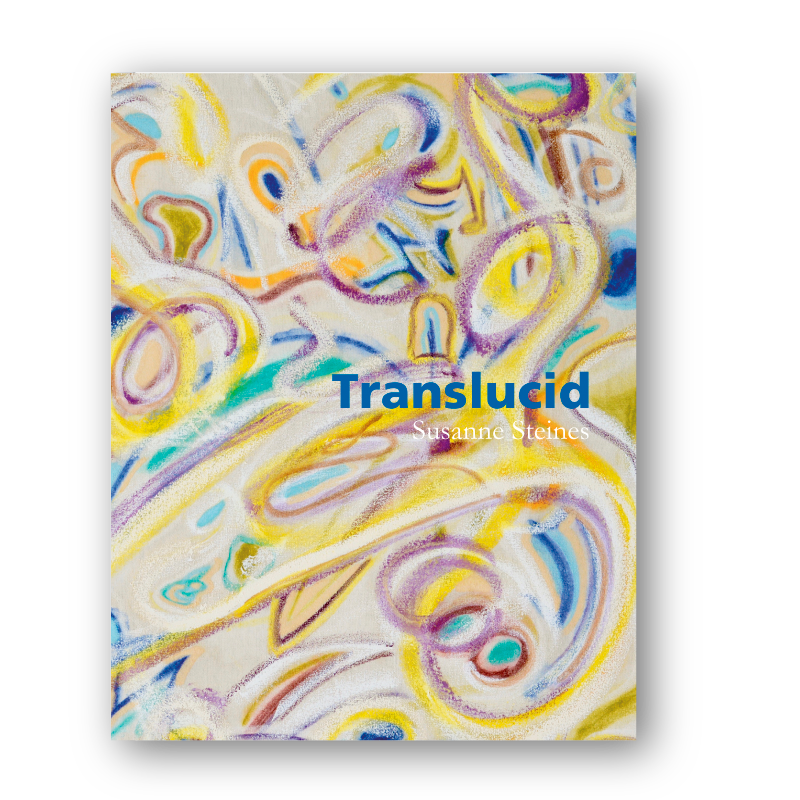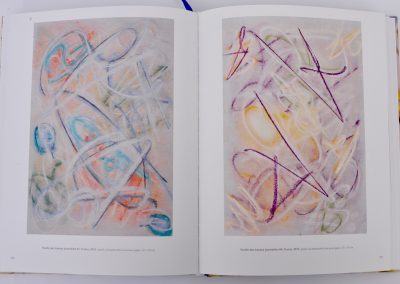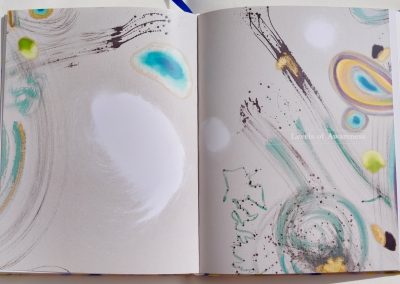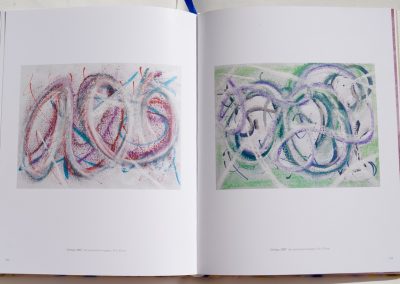Translucidmind Gallery
works of the artist and author Susanne Steines,
by translucidmind
Ongoing Exhibition
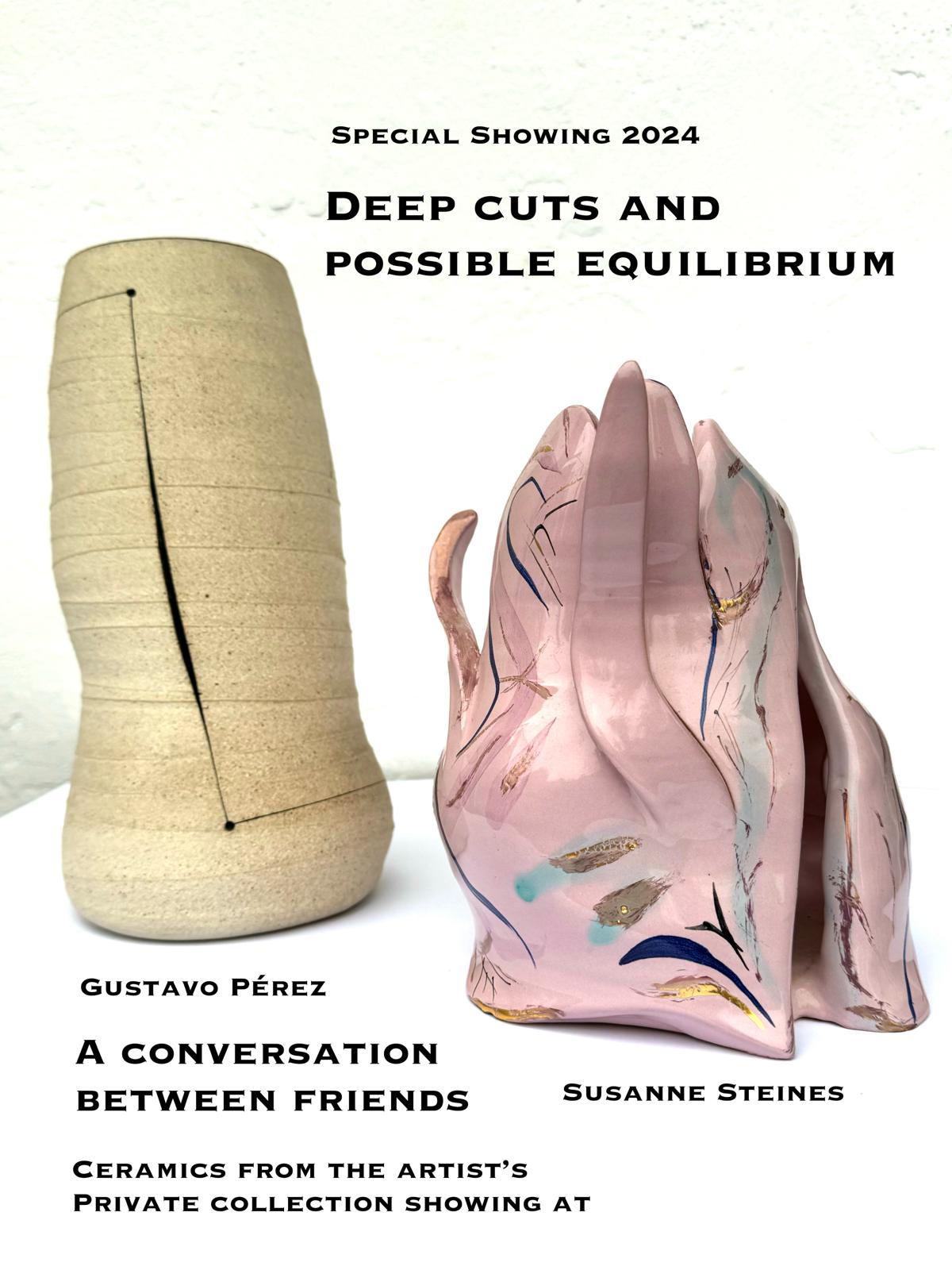
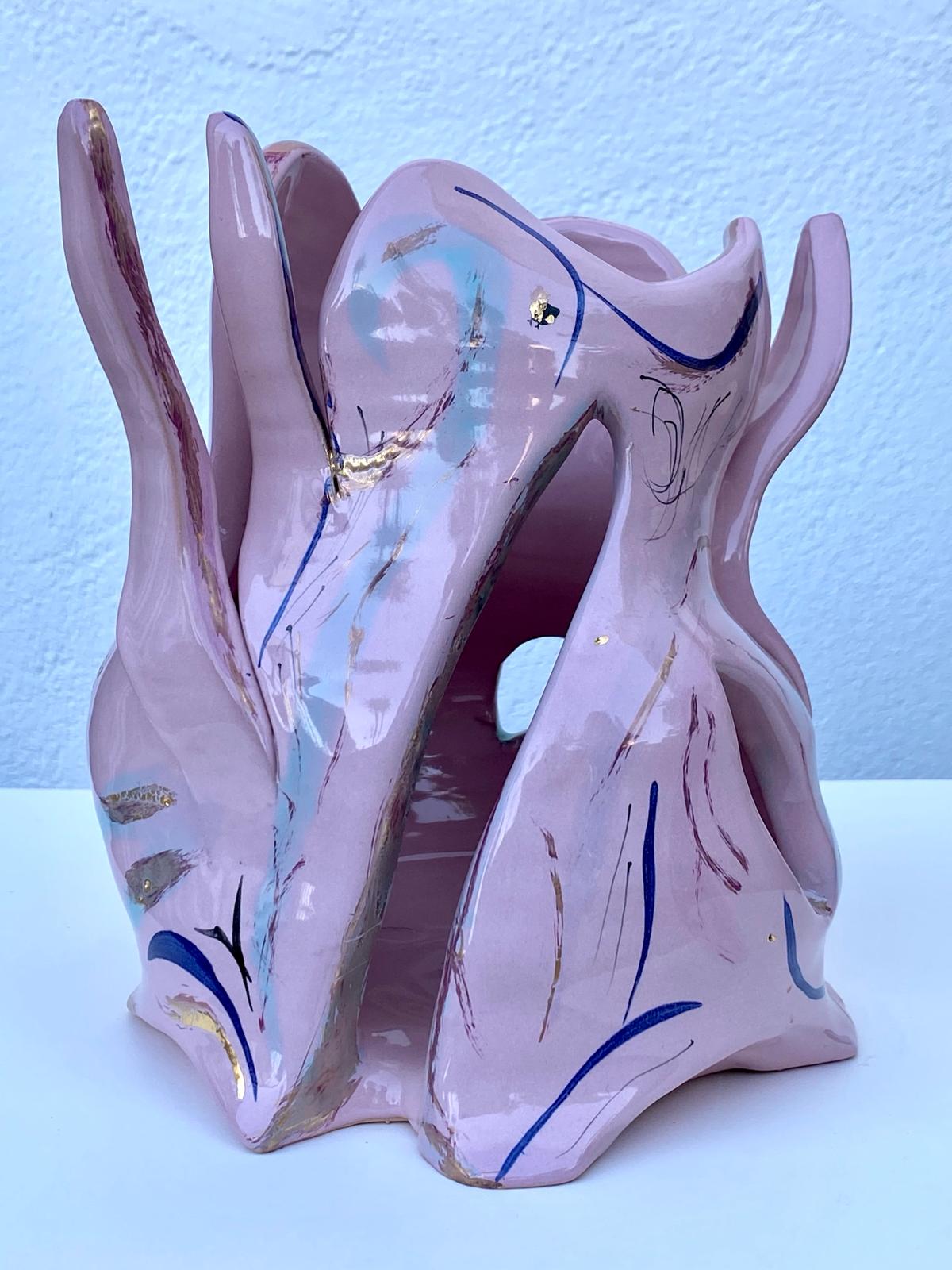
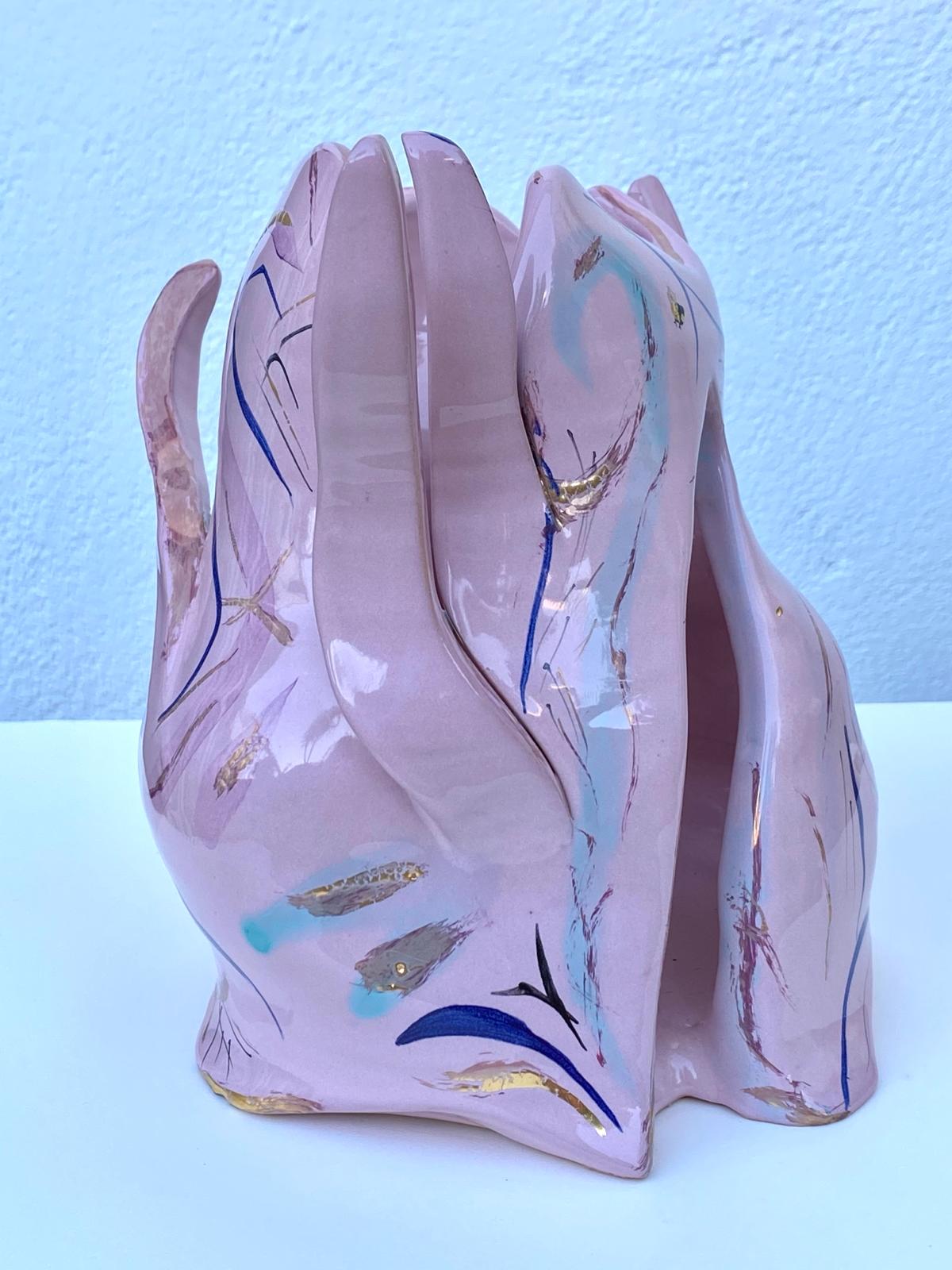

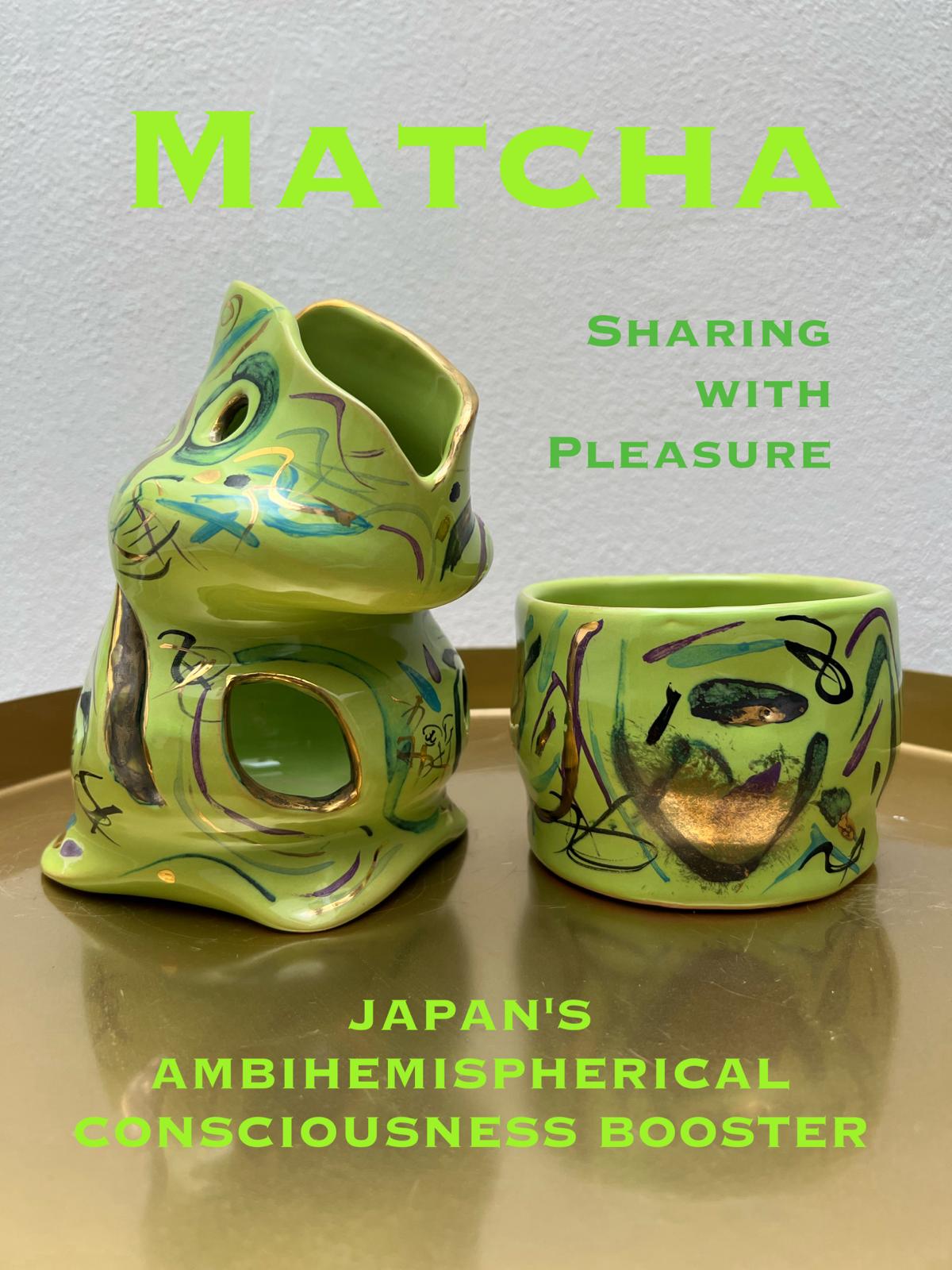
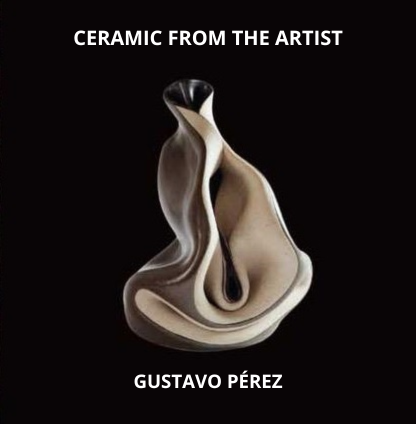
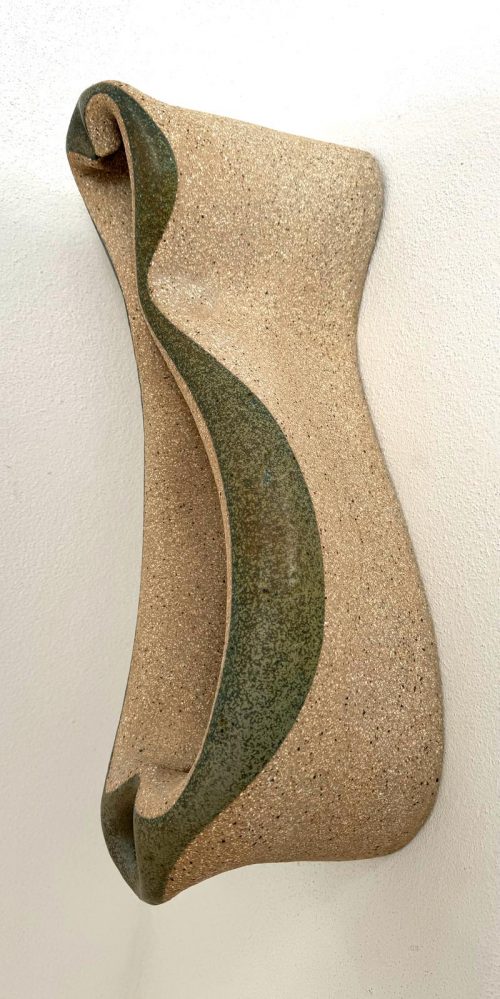
Ceramic for wall
Gustavo Pérez
70cmx28cm

Susanne Steines in her own words about the exhibition:
“The friendship with Gustavo was from the beginning moments of our first encounter in Xalapa, Veracruz, Mexico, permeated and deepened by a profound love for literature and music, both genres being present in the work of both of us. When much later I met Gustavo and his French ceramist friend Brigitte Pénicaud in her studio in France and spent days together with them watching them work and taking the results out of her traditional wood fire oven, observing her spontaneously ingenuine approach to clay, his well calculated playfulness and the capriciousness of the fire oven presenting them with results they had not expected – I got intrigued with the idea of making pottery sculptures in my dancing rhythmic sponteneity of both handed expressions of freely dancing calligraphic movements.
It wasn’t until years later, after arriving in Sevilla, Andalucia, that I started to learn to sculpt with clay on the wheel, and afterwards manipulating the pot with balance challenging pressure by both hands and different kinds of openings by cutting and sculpting. The pleasure of applying colors with the brushes at the end and being guided by the movements previously sculpted, this highly concentrated combining of both precise sensory calculation of maintaining the clay’s weight in equilibriums and at the same time free surrendering to the moment of the dancing pottery – I started to deeply enjoy.
In my book Translucid (Oaxaca, Mexico, 2019 I wrote about the beginning of the friendship and another admired artist who was born in Xalapa:
“I was drawn to Xalapa, which at the time was a highly dynamic, subtropical university town, abuzz with intellectual and artistic life, situated between the Gulf coast and Mexico’s highest volcano, covered with eternal snow and surrounded by rain forests. Orchids, coffee and cocoa plantations, banana groves, rivers, waterfalls, and the snow-covered peak of the 5,000-meter-high colossus Pico de Orizaba always in view.
Xalapa was a feast for the senses, and many interesting Mexican intellectuals chose to live there, working in and outside of the university — scientists, artists, writers, anthropologists. (…) Through a good friend of mine, an anthropologist, I got to know the ceramics artist Gustavo Perez, with whom I have since shared a stimulating friendship. I often visited his workshop, where the finest classical music was always playing; I admired his work and his CD collection; we spent long evenings in his studio talking about art and literature; he was a passionate reader, and, being a lover of classical music, rarely missed a concert of Xalapa’s orchestra. He mentioned his love of Gabriel Orozco, and only then did I learn that this artist, whom I so admired, was born here, in subtropical Xalapa. The first work of his that I ever saw was the small sculpture, pressed together using both hands, entitled “Mis manos son mi corazón” (1991) — “My hands are my heart”. The connection of the direct grip of the hands into a sculpture with a title that is in and of itself poetry, the connection between the creating hands and the loving heart: the inner necessity of the creator of art expressed with an ingeniously simple gesture and a simple phrase. For a Mexican, the heart also has the connotation of sacrifice, of self-sacrifice, and devotion of oneself in service to a higher comic will. How beautiful. “Yielding Stone” (1992).”
My love for ceramic sculpture was awoken from that moment on, when I realized the close relationship of the sculpting work with both hands gently touching and giving form and shape to the smooth, soft earth, giving life with our heart through our hands to a work of art, exactly what I was doing when I was dancing with my fingers over paper while dispersing the color dust of my soft pastels.
Sevilla, April 2024
Find here some interesting answers of Gustavo Pérez about his art in an interview with Susanne Steines in her book collaboration Revealing Mexico:
Susanne: You’ve mentioned that Mexico and Japan have been great influences on your work. In both these countries, ceramics are considered important art forms for their utilitarian uses as well as for their sacred and religious purposes. How is this reflected in your work?
Gustavo: In effect, I suppose that pre-Hispanic ceramics have had a fundamental influence on my work. I was born and raised here, and because of this I’ve experienced the pre-Columbian influence. On the other hand, I also lived briefly in Japan.
Without a doubt I studied certain examples of Japanese ceramics, some artists in particular, like Kanjiro Kawai, Yuzo Kondo, and Hamada. But I think I’ve also assimilated influences from Korea and China, and later on, contemporary influences from Europe and North America.
As for this spectrum between the utilitarian and the sacred, not being able to think in terms of a divine existence, the sacred is a concept that I don’t relate to very well. I play. That’s how I can best describe what I do with clay: I delve. I have no intention of discovering a profound wisdom, or something transcendental, or the “truth.” My work is something very concrete and accessible. I think in terms of a baker or a carpenter who makes things with a function. I make a type of ceramic that is functional but that in reality, of course, isn’t utilitarian-although, curiously, it’s deeply rooted in pottery. I’m not saying there isn’t a possibilty of transcendence in a creative act that’s not utilitarian. It’s more like, where is the transcendence in a creative act that’s not utilitarian?
Susanne: Could it be that it lies in its beauty? Do you believe that a sacred feeling can arise upon discovering an incomprehensible beauty in a piece of art?
Gustavo: Perhaps the person who creates the work is the last person who should explain it.
My work is like a crack’s opening, a chance to go toward something mysterious.
Many times and in many ways, I think I create according to my brain. My head goes where my curiosity regarding a process wants to go. This happens when I draw or investigate a form. And perhaps if I’m lucky, there’ll be a meditation into the void, toward a state of not thinking about anything that generates something, free of representative superficial meaning. But rather, an attempt to get closer to how nature does its thing, to the point where a human mind can function naturally-which is also debatable.
Susanne: So accidents play an important role in your work.
Gustavo: A fundamental role. Accidents allow for the possibility of opening doors to unknown pathways. The act of thinking of what the mind designs, that what I intend to do is based on experience or admiration for certain examples of art from the past, is the beginning of self-consciousness. But when my hands interact with the material, something else happens that I’m not controlling, because there are plenty of times that the hands get it wrong. And in the errors lies the creative loophole; you can find things you weren’t expecting with these blunders. What ends up happening is something a lot freer. And something happens, something that wasn’t intentional. That’s what you have to look closely at; that’s the opening I’m referring to. The crack’s opening allows you to see another idea, oftentimes better. The mind integrates it and recognizes that there was perception-which is a novelty for the mind, since it’s something that it wasn’t anticipating that suddenly appears.
(From the book Revealing México, texts by Susanne Steines, photographs by John Mack, PowerHouseBooks, New York. 2010. Page 42.)
BOOKS
Translucidmind
The Book
Translucid art, synchronicities, serendipities, quantum weirdness, scientific findings, historic events, artistic inspirations, cornerstones of life, spiritual considerations – the book Translucid is much more then an art catalog of 25 years of work, it is a personal introduction to a the origins of the project translucidmind by the founder Susanne Steines. Every new chapter starts with Quotes by important thinkers of highly translucid minds and a poem by the artist.
Inside
- Translucidmind Art and Essay
- Text and artwork by Susanne Steines
- Translated from German to English by Mark Pettus PhD at Princeton University
- 300 pages
- First edition 2019
- Carteles y Editores, Oaxaca, México
Hardcover bound with thread stitching with a blue ribbon page marker. 250 copies,
Price : 120€
Paperback version, 300 pages,
Price : 65€
ARTWORKS
Cutting Edges 1
- Fine Line Between
- Fine line 1/2019
- Cerámic
- 26cm
Price on request

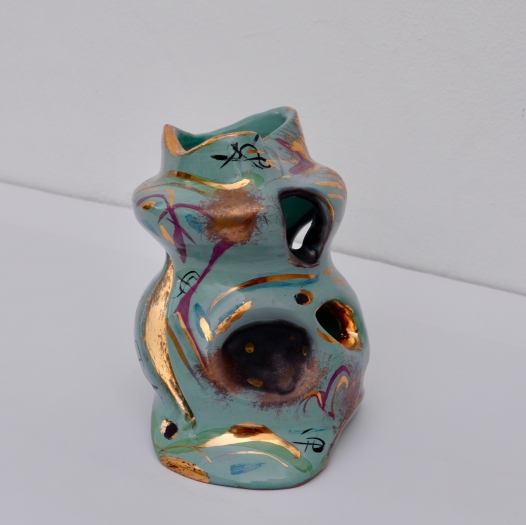
Cutting Edges 2
- Fine Line Between
- Fine line 2/2019
- Cerámic
- 24cm
Price on request
Cutting Edges 3
- Unpredictable outcome 1
- Cerámic
- 28cm
Price on request
